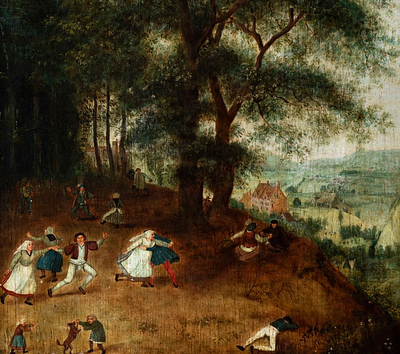Italian school; 17th century. "Virgin of the Annunciation". Oil on canvas. Relined.
Lot 30
About Seller
Setdart Auction House
Carrer Aragó 346
Barcelona
Spain
Setdart Subastas was born in 2004 and is currently the first online art auction in Spain with solidity, prestige and reliability guaranteed by our more than 60,000 users. Setdart has a young, dynamic and enterprising team ready to successfully manage the purchase and sale of art works through custom...Read more
Estimate:
EUR€2,000 - EUR€2,500
$2,150.54 - $2,688.17
Absentee vs Live bid
Two ways to bid:
- Leave a max absentee bid and the platform will bid on your behalf up to your maximum bid during the live auction.
- Bid live during the auction and your bids will be submitted real-time to the auctioneer.
Bid Increments
| Price | Bid Increment |
|---|---|
| EUR€0 | EUR€10 |
| EUR€200 | EUR€25 |
| EUR€500 | EUR€50 |
| EUR€1,000 | EUR€100 |
| EUR€3,000 | EUR€200 |
| EUR€5,000 | EUR€500 |
| EUR€10,000 | EUR€1,000 |
| EUR€20,000 | EUR€2,000 |
| EUR€50,000 | EUR€5,000 |
About Auction
By Setdart Auction House
Jun 30, 2021
Set Reminder
2021-06-30 08:30:00
2021-06-30 08:30:00
America/New_York
Bidsquare
Bidsquare : Old Masters
https://www.bidsquare.com/auctions/setdart-auction-house/old-masters-7134
Setdart Auction House sofia@setdart.com
Setdart Auction House sofia@setdart.com
- Lot Description
Italian school; 17th century. "Virgin of the Annunciation". Oil on canvas. Relined. Presents repaints. Measures: 75 x 62 cm. In this compassionate image, the Virgin stars in a devotional scene, which tries to awaken the tenderest feelings of the faithful, through the posture chosen by the author, the pastel colors and the composition. In the center of the scene the long bust of the Virgin is placed in front of a background where an interior is combined with a landscape sketched in the right zone. The Virgin brings her hands to her chest, joining them piously, while she leans her face slightly downwards, although, originally she was supposed to direct her gaze towards the Archangel Gabriel, nowadays absent from the composition. The most remarkable thing of the representation of the Virgin is that this one, outlines a gesture of wonder or of satisfaction habitual in the scenes of the Annunciation. It is possible that originally the Virgin and Gabriel had occupied a pair of independent canvases destined to form a diptych. The Virgin dresses, as usual, in the Roman style, with a red tunic, although the tonality tends towards the pink color and blue mantle, colors that have a great iconographic load, since associated to the Virgin's clothing, they allude to the passion and universality. The clothes have been treated with dynamic, naturalistic folds, with undulating and soft forms. As for the lighting, the piece presents a spotlight, which falls directly on Mary's face, a resource that is enhanced through the use of a light tone for the skin, and the brightness of the yellow color of the Nimbus of Holiness. The light that starts from the right area, leaving the left area of the Virgin in semi-darkness, and making it difficult to appreciate the curtain hanging from the upper left area. The lighting is more dramatic and theatrical than realistic, typical of Italian and Spanish Baroque painting. The Annunciation is an episode widely represented throughout the History of Christian Art, since it is one of the main dogmas of the church, that of the Incarnation. Likewise, it is included both in the cycle of Christ's life and in that of the Virgin's life, which gives it a renewed meaning also as a narrative episode. Regarding the theme alluding to the Virgin of the Annunciation, the iconographic tradition includes a more narrative scene, in which the Archangel Gabriel appears to the Virgin, to tell her that she is pregnant. Normally the Virgin is placed behind an altar or table, where a book or white lilies, iconographic attributes associated with the Virgin, are usually placed. However, over the centuries the elements began to be reduced as can be seen in important works that collect the same iconography of the annunciation, based exclusively on the representation of the Virgin. An example of this is The Madonna of the Annunciation of Messina.
- Shipping Info
-
In-house shipping available. Please inquire at admin@setdart.com.
-
- Buyer's Premium



 EUR
EUR CAD
CAD AUD
AUD GBP
GBP MXN
MXN HKD
HKD CNY
CNY MYR
MYR SEK
SEK SGD
SGD CHF
CHF THB
THB















